La Nationale 7: The French Route 66 That Revolutionized French Cuisine
If you love the romance of the open road, France has its own Route 66. It’s called La Nationale 7, and it once stretched from Paris to the French Riviera – 996 kilometers of freedom, nostalgia, and great food.
For travelers, it’s one of the most authentic ways to experience France, through its history, small towns, and roadside traditions instead of high-speed trains.
If you want to experience the heart of France through its food, stories, and timeless landscapes, follow the red and blue signs marked “N7”!
The Road That Shaped Modern France
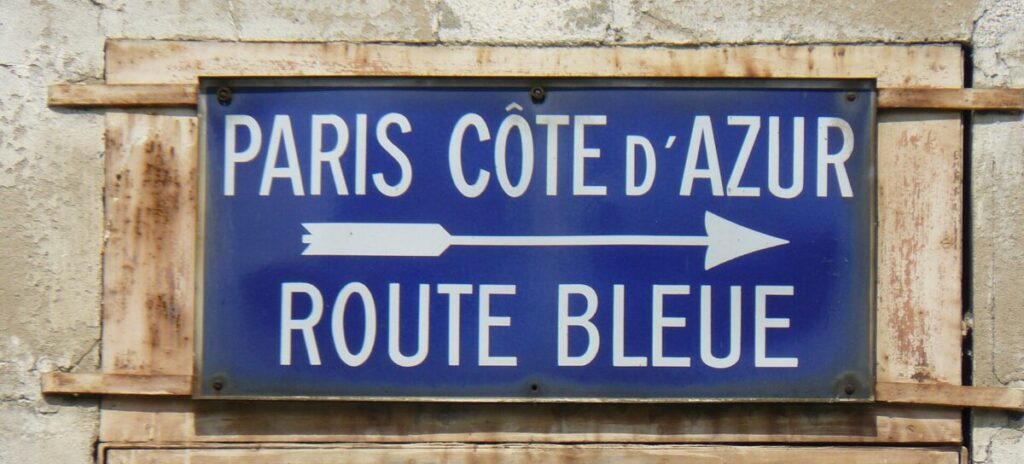
Before highways and TGVs, there was only one road that mattered: the Nationale 7. It carried generations of French families heading south for their first paid vacations – the new “holiday rights” introduced in the 1930s that changed the country forever.
Every summer, the road filled with cars packed with kids, luggage, and picnic baskets, all bound for the sun. The road became known as the holiday route, aka the French Route 66, a symbol of freedom, discovery, and simple joy.
A Road as Old as France Itself
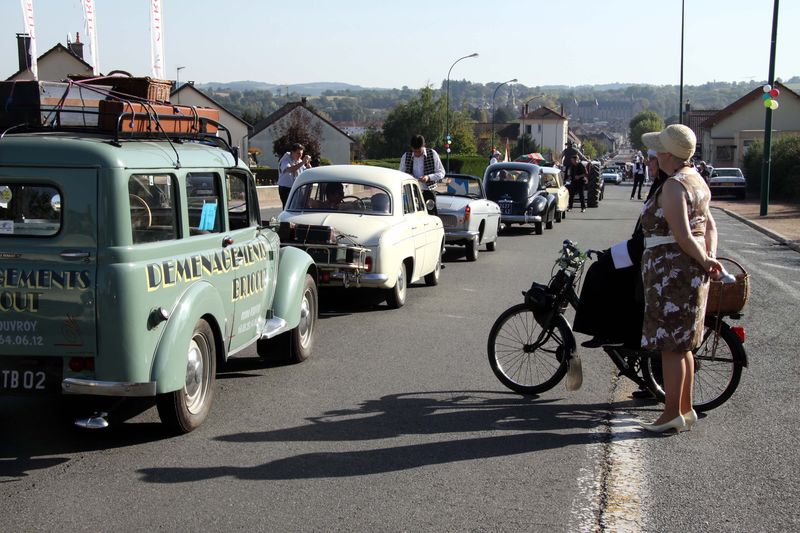
The Nationale 7 follows one of the oldest travel routes in the country. Long before cars, Roman roads and royal messengers followed the same path between Paris and the Mediterranean.
Over time, it became the country’s main north-south artery – literally as old as France itself.
Driving it today is like tracing the nation’s memory. You’ll pass Napoleonic milestones, 1950s diners, and villages that still look like postcards from the golden age of road travel – the “Thirty Glorious Years” of postwar France, when life was all about rebuilding, working, and vacationing by car.
The Road That Transformed French Food
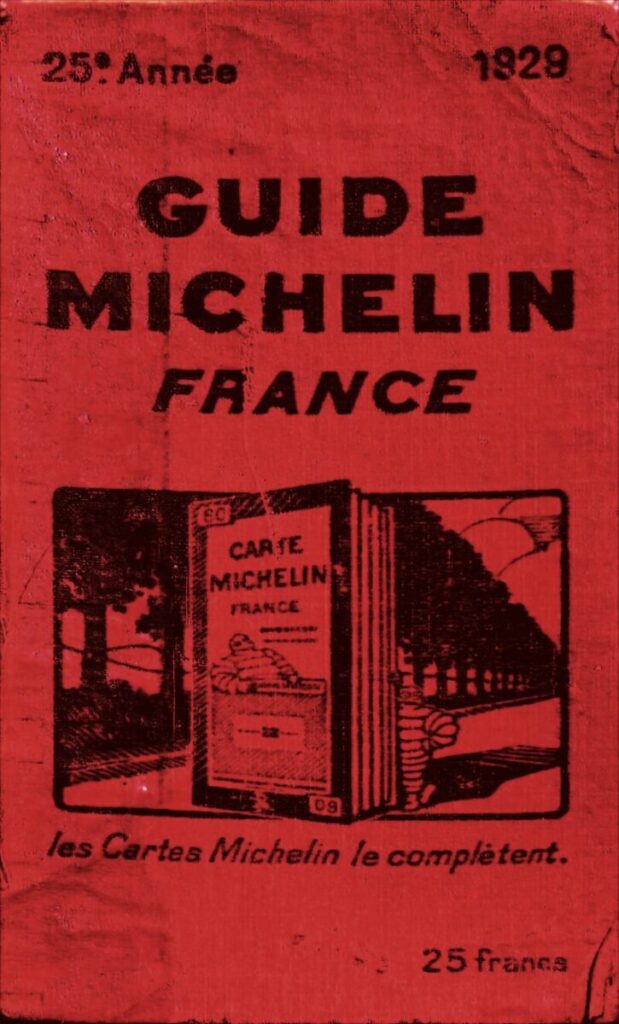
This is where French gastronomy truly hit the road. When cars started to replace trains, new restaurants opened to feed travelers.
And Michelin was there to guide them. The Michelin brothers, who also sold tires, published maps and restaurant guides to encourage people to drive more.
Some of the most famous chefs in France built their names along this road: Fernand Point in Vienne, Mère Brazier in Lyon, Paul Bocuse, Anne-Sophie Pic in Valence, and the Troisgros brothers in Roanne. Their restaurants turned a simple drive into a culinary journey.
If America’s Route 66 was about milkshakes and neon diners, the Nationale 7 was about sauces, wine, and multi-course lunches that stretched into the afternoon.
Many of those legendary places still exist today, proudly displaying their Michelin stars.
Legendary Michelin Stops Along the Route
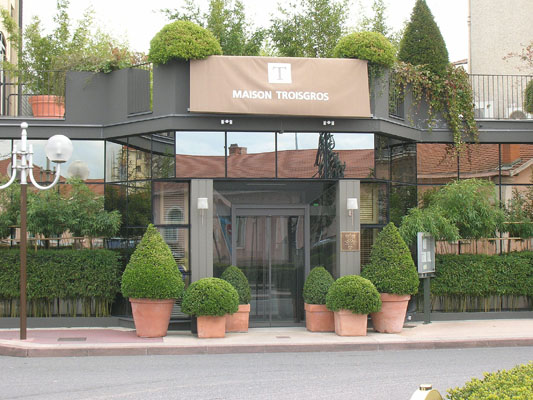
Maison Troisgros – Ouches (near Roanne)
The Troisgros family has been part of the Nationale 7 story since the 1930s. Their restaurant, once located right by the road in Roanne, became a symbol of postwar French fine dining.
Today, Maison Troisgros sits just outside town in Ouches, surrounded by meadows and gardens, but it still carries three Michelin stars.
The cuisine stays true to its roots: elegant, inventive, and deeply French, a modern continuation of the culinary spirit that made the N7 famous.
Maison Pic – Valence
Few names embody the road’s gastronomic legacy like Maison Pic. Founded by André Pic, it was a must-stop for travelers heading south to the Riviera.
His granddaughter Anne-Sophie Pic, now one of France’s most acclaimed chefs, holds three Michelin stars and continues the family tradition with refined, precise cooking.
For anyone tracing the N7, Valence remains the ultimate stop for tasting history.
La Pyramide – Vienne
This was the home of Fernand Point, the man many consider the father of modern French cuisine. His restaurant, La Pyramide, trained a generation of chefs who went on to define haute cuisine, including Bocuse and the Troisgros brothers.
Still operating in the same building, the restaurant honors Point’s legacy with classic French dishes and timeless hospitality.
La Mère Brazier – Lyon
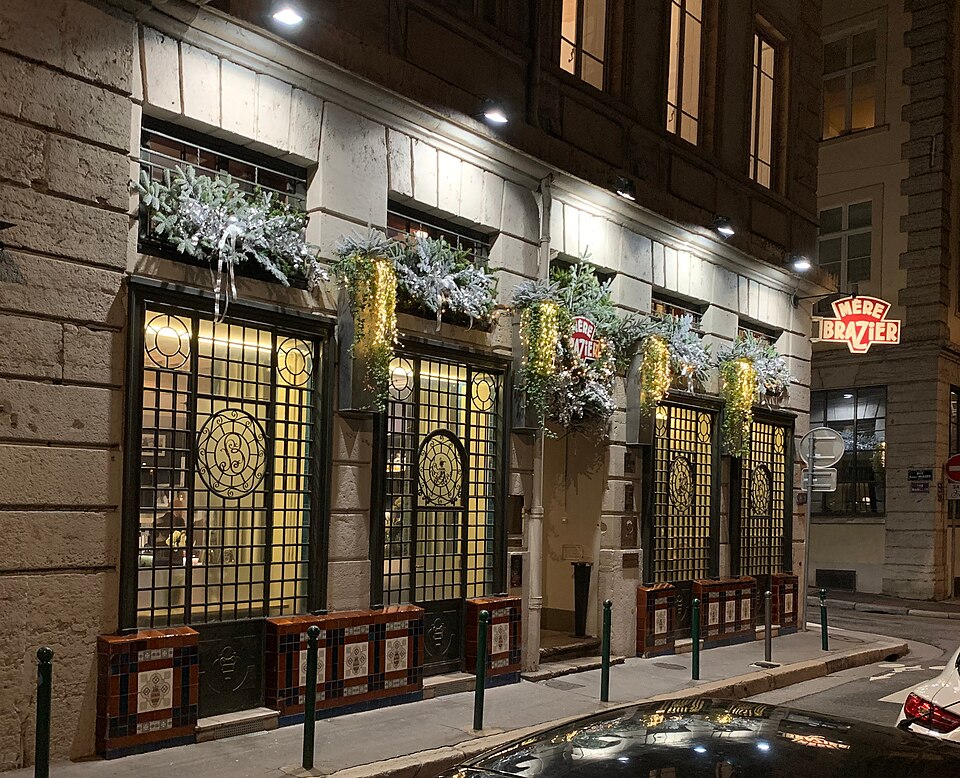
Opened in 1921, La Mère Brazier became a culinary landmark for travelers heading down the Nationale 7.
Eugénie Brazier was one of the first chefs in France to earn six Michelin stars across two restaurants, and her Lyon address remains a pilgrimage site for food lovers.
Under chef Mathieu Viannay, it continues to serve refined Lyonnaise cuisine with respect for its legendary past.
Auberge du Pont de Collonges
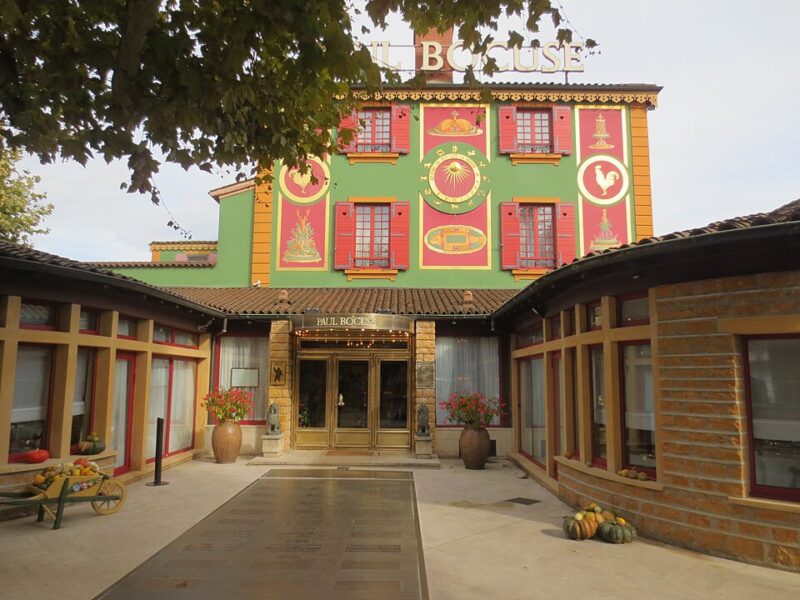
A short detour from the N7, Paul Bocuse’s auberge is another cornerstone of French gastronomy. Bocuse built his empire here, combining technical mastery with the warmth of a family dining room.
The restaurant, still bearing his name, keeps his recipes alive, a living tribute to the chef who turned the road from Lyon to the Riviera into a gourmet journey.
How to Explore La Nationale 7 Today
The Nationale 7 isn’t meant for rushing. Start near Fontainebleau, just south of Paris, and drive as far as you want – even one section tells a story.
Stop in Nevers or Moulins for small-town markets and bakeries, detour through Roanne for its historic restaurant scene, or visit Vienne to see where modern French cuisine began.
As you head south, the scenery changes, fields give way to lavender, vineyards, and olive trees. The road eventually ends on the Riviera, near Nice and Saint-Tropez, where Parisians once arrived sunburned and happy after two days of driving.
Why It Belongs on Your France Itinerary
For anyone who’s already seen the Eiffel Tower or the Loire châteaux, this road offers a deeper, more nostalgic look at French life. Vintage gas stations, hand-painted signs, and roadside inns that still serve homemade dishes.
It’s a chance to see how France used to travel and taste the country’s culinary heritage at every stop.
Rent a car in Paris, skip the autoroute, and take a few days to follow sections of the old N7. Eat where the chefs of legend cooked, stay in a traditional inn, and enjoy the small details that made this road the symbol of an entire era.
The Spirit of the Nationale 7
For Americans, Route 66 means freedom and rock ’n’ roll. For the French, the Nationale 7 means family, vacation, and the joy of slowing down. It’s nostalgia on wheels, a reminder that travel used to be about the road itself, not just the destination.
